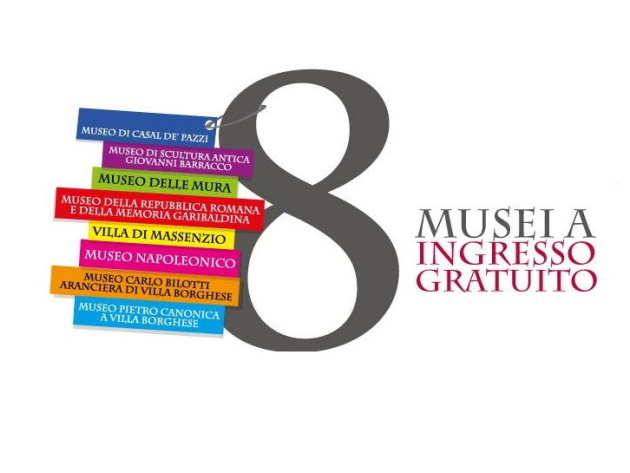
Who said culture is expensive? In Rome there are eight city-run museums with free admission for everyone:
Villa di Massenzio, Museo di Scultura Antica Giovanni Barracco, Museo delle Mura, Museo Carlo Bilotti, Museo Napoleonico, Museo Pietro Canonica, Museo della Repubblica Romana e della memoria garibaldina, Museo di Casal de’ Pazzi.
Whatever your passion is – be it prehistory, archeology or ancient sculpture, modern history or contemporary art, or even Napoleonic memorabilia – there is a small museum ready to satisfy it. If you like the idea of going outside the more classic tourist itineraries, you just have to take note of the venues and discover their precious collections.
If we enter the gardens of Villa Borghese, there are two museums we can visit: immersed in the fin-de-siècle spirit, the Museo Pietro Canonica is housed in the palace which from 1922 to 1959 was the home and studio of the Piedmontese sculptor Pietro Canonica and includes a large part of his works, such as marble and bronze sculptures, sketches and original drawings. The beautiful Aranciera di Villa Borghese, on the other side, houses paintings, sculptures and watercolors donated by the Italian-American entrepreneur and collector Carlo Bilotti: a full-bodied collection of works by Giorgio De Chirico, including 17 paintings and a sculpture, but also paintings by Gino Severini, Andy Warhol and Larry Rivers, in addition to a sculpture by Giacomo Manzù.
A few steps from Piazza Navona, we find two other little gems: the Museo Napoleonico, with its works of art and its precious nineteenth-century relics donated to the city of Rome in 1927 by Giuseppe Primoli, son of Count Pietro and Princess Carlotta Bonaparte, and the Museo di Scultura Antica Giovanni Barracco. Here, a lovely sixteenth-century palazzo known as the “Farnesina ai Baullari”, between Piazza Navona and Campo de’ Fiori, houses an extraordinary collection of ancient sculptures assembled in the late nineteenth and early twentieth century by Giovanni Barracco, a Calabrian baron of ancient nobility. The museum focuses on ancient Egyptian, Assyrian, Cypriot, Etruscan, Greek and Roman art, up to a few examples of medieval art, and includes around 400 works and fragments.
Crossing the Tiber and climbing from Trastevere to the top of the Janiculum Hill, the theater of the tormented struggles of the Roman Republic (a short-lived republican government declared on 9 February 1849 due to Pope Pius IX’s flight to Gaeta), lovers of the Garibaldi myth cannot miss the Museo della Repubblica Romana e della memoria garibaldina. By entering its halls, housed inside Porta San Pancrazio, it is possible to listen to some of the protagonists of the extraordinary revolutionary season of the Risorgimento and relive the spirit of those years. Garibaldi’s resistance against French troops became one of the most inspiring stories of the Risorgimento.
Along the Roman city wall, another gate, Porta San Sebastiano, hosts the Museo delle Mura: here, visitors have the opportunity to discover, with the aid of models and educational panels, the transformations of the Aurelian Walls through the centuries, but also the historical events and figures that took place and lived in these spaces. Extremely suggestive is the path inside the walkway and the towers rising every 30 meters. The Via Appia, ancient Rome’s Regina Viarum, begins right from this gate. Located between Mile II and Mile III of the Appian Way, the Villa di Massenzio was Emperor Maxentius’ residence and is certainly one of the most extraordinary archaeological complexes of the Roman suburb built by the emperor who ruled Italy from 306 to 312 and who was defeated by Constantine in the battle of Milvian Bridge. The complex also includes the circus, well preserved in all its architectural components, and the dynastic mausoleum of Maxentius, also known as “Tomb of Romulus” from the name of the young son of the emperor who was presumably buried here.
Finally, a step back in time, a long, long time before the Roman era: the Museo di Casal de’ Pazzi, unique in the panorama of Rome’s museums. The museum was realized after the discovery of an elephant tusk in 1981 during the urbanization works of the Rebibbia area. An archaeological survey on an area of over 1,200 square meters brought to light an ancient river bed. During the excavations more than 2,000 animal fossils were discovered, belonging to now extinct species such as the ancient elephant, the uro, the hippopotamus, the rhinoceros, but also a human skull fragment and over 1,500 flint artefacts that testify to the contemporary presence of men.
Museo di Scultura Antica Giovanni Barracco
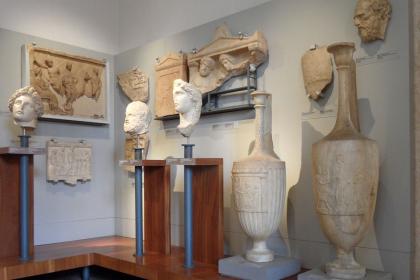
 Condividi
Condividi
Museo delle Mura (Museum der Stadtmauern)
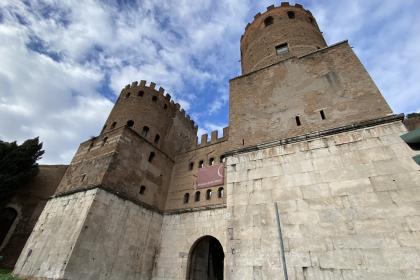
 Condividi
Condividi
Maxentiusvilla
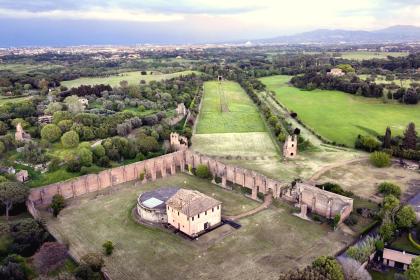
 Condividi
Condividi
Das Museum Casal de’ Pazzi. Eine Reise in Roms ferne Vergangenheit
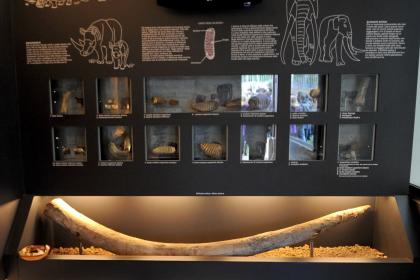
 Condividi
Condividi
Museum der Römischen Republik und der Erinnerung an Garibaldi

 Condividi
Condividi
Napoleonisches Museum
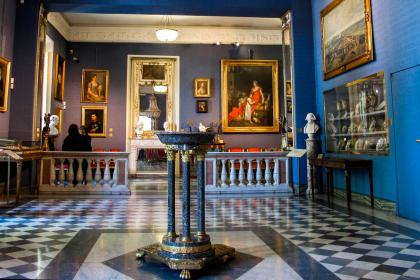
 Condividi
Condividi
Das Museum Pietro Canonica
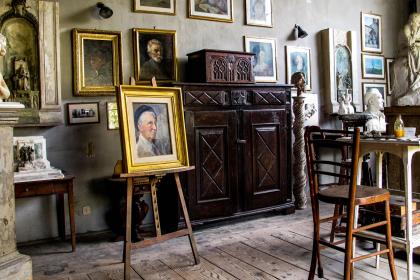
 Condividi
Condividi
Museum Carlo Bilotti
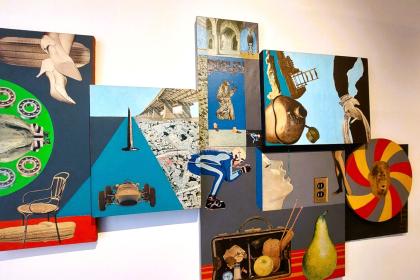
 Condividi
Condividi











































